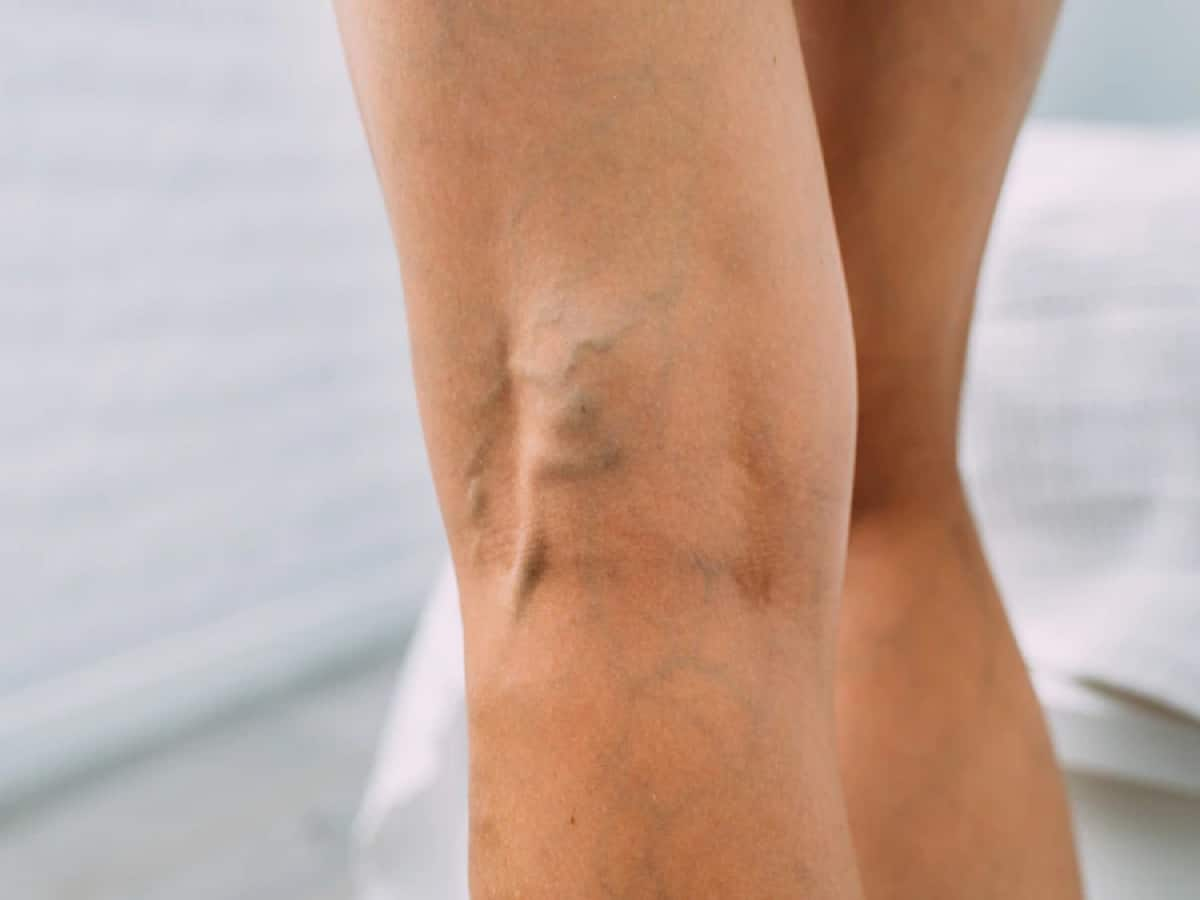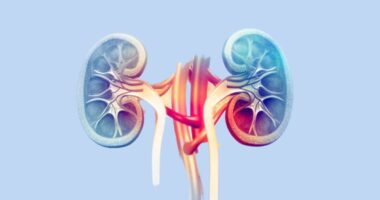To prevent gastroenteritis (also known as gastro) in daycare is extremely important as it’s highly contagious and deadly. This infectious illness is usually caused by a virus and sometimes by a bacterial or parasite infection.
Gastroenteritis is common, especially in children. With gastro children’s stomach and intestines (gastrointestinal tract) become irritated and inflamed.
According to scientific reports, common symptoms of this condition include malaise, anorexia, abdominal pain and cramping, watery diarrhea, nausea and vomiting, and low-grade fever. It may begin mild at first and then gradually become severe. Signs usually last no longer than three days in healthy children. Although in some cases (rarely) symptoms may last till 10 days.
It’s easier for infants and younger children to pick up gastro from their care centers. This is simply because their immune system is not yet strong enough. As a result, preventing gastro in daycare or school becomes imperative. Special care and quality preventive measures should be put in place in daycares. These measures if effectively implemented will stop the virus from spreading further.
In the meantime, let’s understand the major causes and symptoms of gastro in babies or toddlers before discussing how to prevent gastro in daycare.
Causes
A 2023 study revealed that the most common cause of gastro in children is a viral (virus) or bacterial infection, and less commonly parasitic infection.
Infants or children in daycare are most likely to contract these infections when they eat or drink contaminated food or water. Another way is if they share utensils, towels or food with an infected person[].
Virus
Viral gastroenteritis is caused by viruses, according to scientific reports[1 2 3]. They include:
Noroviruses. One study by experts discovered that noroviruses are a significant public health concern, recognized as the leading cause of acute gastroenteritis (AGE) globally, affecting both children and adults. It is the most common cause of foodborne illness worldwide. Annually, noroviruses are responsible for approximately 685 million cases of gastroenteritis, with an estimated 200,000 deaths worldwide, particularly impacting children under five years of age, who account for about 35 million illnesses and 9,000 deaths each year, World Health Organization.
Norovirus is highly contagious, with the infectious dose being as low as 20 viral particles. The primary mode of transmission is person-to-person contact, which accounts for 66% to 77% of outbreaks. It is often responsible for sickness outbreaks in daycares and schools. The infection can sweep through families and communities.
It’s especially likely to spread among people in confined spaces such as schools, daycare centers, nursing homes, and cruise ships, where close contact facilitates rapid spread. In most cases, children pick up the virus from eating food or water that contact with contaminated hands, surfaces, or objects.
Person-to-person transmission is also another way your child can get stomach flu. Yes! I called it stomach flu because it’s another common name for gastroenteritis.
In these settings, the virus can circulate at low levels until an infected individual contaminates a common source, leading to a sudden outbreak. The incubation period for norovirus is typically 12 to 48 hours, with symptoms lasting from 12 to 60 hours, characterized by nausea, vomiting, abdominal cramps, and watery diarrhea
Rotavirus. This is another virus that commonly causes gastroenteritis in children worldwide. Often this infection is severe in toddlers and young children (under five years of age). Babies and infants who are used to putting their fingers or objects in their mouths can get infected easily with gastro. While in a space with someone who got the virus, their hands and fingers may have been contaminated[4 5].
Globally, rotavirus is estimated to cause approximately 1.7 billion cases of diarrhea annually, leading to around 525,000 deaths among infants each year, Pathogens and Global Health research found. This burden is especially pronounced in developing countries, where factors such as poor sanitation and limited healthcare access exacerbate the impact of the virus
Symptoms can easily spread to other children and adults in the school and at home once the sickness is registered. Fortunately, a vaccine that is effective against viral gastroenteritis is available in a number of countries such as Australia and the United States among others. This vaccine is given to children at an early age ( from 2 months) to prevent them from getting infected.
Eating a certain kind of shellfish, especially raw or undercooked oysters, can make you sick too. Although contaminated drinking water causes viral diarrhea. In many cases, the virus is passed through the fecal-oral route. That is, if someone with the virus handles the children’s food or if that person prepares the food without washing his or her hands after using the toilet.
Adenovirus. Usually, this virus affects babies and young children mostly. Although adults may get infected. It’s more serious in children due to their premature or weak immune systems. Adenovirus comes with symptoms like fever, vomiting, and diarrhea.
Astrovirus. They are a common cause of gastroenteritis, particularly in children. They are small, non-enveloped, positive-sense, single-stranded RNA viruses that were first identified in 1975 in children with diarrhea. Astroviruses are the second most common cause of viral gastroenteritis in children after rotavirus infections.
Astrovirus infections are very common, with up to 90% of children having been infected by the age of 9. Most infections in children are mild and self-limiting, with symptoms resolving within a few days. The main symptom is watery diarrhea, which is more common than vomiting. Other symptoms may include fever, abdominal pain, and loss of appetite.
The virus is transmitted via the fecal-oral route, often through contaminated food or water. Astroviruses are highly stable and can survive for long periods in the environment, including in water treatment facilities and in filter-feeding shellfish[6 7 8].
While astrovirus infections are usually mild in children, they can cause more severe disease in certain populations, such as immunocompromised children and the elderly. In rare cases, astrovirus can escape the intestines and cause viremia, potentially leading to serious complications like encephalitis.
Just as mentioned earlier, virus is not the only cause of gastroenteritis. Virus only causes viral gastroenteritis while bacteria, parasites, and chemicals cause other kinds of gastro.
Bacteria
Salmonella, E. coli, or Campylobacter are bacterial infections that commonly cause bacterial gastroenteritis. It is usually caught by eating contaminated foods or water. Bacteria can be present in consumables, especially in food that hasn’t been prepared or stored properly. Such foods grow bacteria on their surface, and these bacteria sometimes produce irritating chemicals called toxins[9 10 11]
If a child eats germ-filled food, symptoms like stomach cramps, high fever and vomiting are triggered. Which is either by the bacteria themselves or by their irritating by-products and this is also called food poisoning.
Bacterial gastroenteritis can also develop during or after taking a course of antibiotics. This is due to infection with the bacterium Clostridium difficile. This type of gastroenteritis is relatively uncommon but can be serious if care is not taken.
Parasites
Gastroenteritis can also be caused by parasites such as Giardia and cryptosporidium. The infection occurs usually through contaminated water or close contact with infected people. Gastro caused by parasites is commonly called parasitic gastroenteritis.
Another way children can catch gastroenteritis is through swimming or playing in contaminated water. If your child’s daycare has a swimming pool or water park, that can be a medium of contracting the infection. To Prevent gastro in daycare, such a facility should be frequently tested and carefully monitored for bacteria by the school management. Always observe your child and then watch out for the following symptoms of gastro;
Symptoms
Gastroenteritis affects children’s digestive system —intestines and stomach. Signs and symptoms include:
- Watery diarrhea with no blood
- Abdominal pain and cramps
- Vomiting
- Nausea feelings
- Body weakness
- Mild fever
- Stiffness of the joint
- loss of appetite or poor feeding habit
- Low energy or fatigue
- Muscle pain and headache
- Dark color urine
- Regular dehydration
- loss of control over bowel movements
Children with the infection may begin to have different signs and symptoms after a day or at most three days. In most cases, this may be dependent on the cause. Symptoms may be mild at first and then become severe gradually. Symptoms usually last no longer than three days. Although in some cases (rarely) symptoms may last more than 7 days.
How to prevent gastro in daycare
Gastroenteritis spreads easily. To prevent it from spreading especially in daycare, caregivers and school management should take the following measures:
Hand or personal hygiene
Hand washing is the most important activity to prevent gastro in daycare.
During the outbreak, hands should be washed with warm water and soap for 15-20 seconds. This is more effective than using alcohol-based hand sanitizers or gel, which are not effective at killing norovirus.
Rinse hands thoroughly for 10 seconds and dry well with a paper towel.
Children should be taught and supervised to wash their hands before and after playing, eating, changing diapers and using the toilet.
Staff, especially those responsible for caring for diapered children, should wash their hands after every diaper change.
Caregivers should wash their hands before and after handling food, drink or using the toilet.
Masks and gloves are to be worn when cleaning vomit or faeces as viruses may spread during this process.
Masks and gloves should be trashed or discarded after one use ( use only disposable gloves).
Wash all toys daily with a neutral detergent. Wash toys that are put into children’s mouths between use.
Food hygiene
Staff who prepare food should be different from staff attending to child hygiene needs. If in any case, this becomes unavoidable, staff must thoroughly wash and dry hands between each activity.
Caregivers should wash hands thoroughly before assisting children with hygiene or other needs.
Sharing of eating utensils or drinking containers between children should be discouraged. Staff should ensure all eating utensils or drinking containers are washed and stored dry between uses.
Assign food handling duties to specific staff. This is only applicable if food is prepared for children at the daycare center.
Discourage the sharing of foods brought from private homes in the center. This includes the sharing of any communal food items in classrooms. In such an instance, the teacher should hand out items to be shared after washing their hands.
Hygiene tips for school cleaners
Cleaning frequency and quality should be increased during an outbreak. The following tips will guide staff on how to go about it.
Clean common areas thoroughly. Common areas should be cleaned at least twice daily with detergent and bleach. Pay particular attention to areas that are touched by children and carers. Items that cannot be cleaned between uses should not be made available for communal use during an outbreak. Wooden toys are not recommended for communal play as they are difficult to clean.
Keep the bathroom clean. Common areas in the bathroom should also be cleaned with detergent mixed with bleach at least twice daily or more. The frequency of the cleaning should be dependent on how often they are used. Areas to attend to include toilet seats, flush handles, wash-hand basin taps, toilet door handles, handrails, tables, and chairs.
Note: Toilet seats and diaper change tables should be cleaned between uses.
More ways school management can prevent gastro in daycare
Notify all parents via email letter about the gastroenteritis outbreak.
Inform parents of the school rules to keep infected children/staff in a separate room.
Keep children/staff with vomiting or diarrhea away from the rest of the group immediately symptoms appear.
Send children or staff home once gastro signs are noticed.
Staff with gastro should be allocated to infected children for the entire day.
Have a working health helpline known to staff.
Infected staff/children should be referred to their GP for management when necessary. The GP should be briefed on the symptoms and the outbreak.
Restrict staff and children’s movement between rooms during an outbreak.
Excursions and proposed visitors to the Centre should be postponed during the outbreak.
Allow children to return or go back to school after they are free of gastro symptoms for at least 48 hours.
Infants/staff should drink only boiled or bottled water.
Keep your kitchen environment very clean to avoid causing infection.
Clean up vomits or diarrhea immediately it occurs with detergent and bleach.
Schools should make available liquid handwash, paper towels, alcohol-based hand rubs/gel, and detergent. Sodium hypochlorite (bleach) solution, disposable gloves face masks, goggles, and long-sleeve gowns are necessary too.
When to see your baby’s doctor
If your newborn or baby has signs or symptoms of gastro, seek medical help immediately. Diarrhea marked with severe dehydration is common in infants and newborns and can be dangerous. dehydration symptoms last for just a day or two. A child with symptoms of dehydration can die within a day if left untreated.
Therefore, infants and young children should also see a doctor when they:
- Have a high fever of about 102 F (38.9 C) or above
- Seems lethargic or very irritable
- Are having regular discomfort or aches
- Have diarrhea with blood traces or that lasts more than a day
- Are always dehydrated (drinking too much water than they used to)
- Urinate more frequently than normal — This is also a sign of dehydration. Sick infants and children show this symptom as well
- Vomit regularly
- Are feeling severe pain in the abdomen or rectum
- pass out watery stools with pus regularly
What you should do before seeing a doctor
In most cases, viral gastroenteritis is less harmful. However, viral gastroenteritis can become dangerous and deadly if it leads to dehydration. If your child/children have signs or symptoms of dehydration they should see a doctor immediately.
But before seeing a doctor, encourage them to take plenty of rest. Everyday, they should drink at least eight to ten glasses of water. Make sure their food is less spicy with lots of vegetables. Simple and plain diet routines may go a long way to curb the condition before complications arise.
Home remedy tips for gastroenteritis
In your home, make a concoction with the following steps
- Have eight ounces of fruit juice (one, which won’t escalate your gastro problem)
- 1/2 tablespoon honey, corn syrup, and a pinch of salt and mix properly in a glass.
- In another glass, mix 8 ounces of purified water with 1/4 tablespoon baking soda.
- Drink alternately from each glass until it’s over.
Additional tips
- Having clay mixed with water is very good to prevent gastro.
- Campfire ash also helps due to its astringent and drying-up effect when brewed in tea.
- Blackberry root, when made into a tea, can assist with your gastro problem.
Traveling safety tips for family
Visiting places with the kids for vacation or other reasons can be fun. However, it is important to be safely awake especially when you are in a new environment. Be intentional about what you and your children eat to avoid feeding on contaminated foods or water. Also, you can control and reduce the risk of you and the kids catching stomach flu with the following tips:
- Drink only sealed and bottled water
- Don’t eat raw meat or fish — they may be contaminated
- Avoid ice cubes
- Brush teeth with only bottled water
- Avoid eating raw foods (such as peeled fruits and raw vegetables) prepared or touched by human’ hands
- Do not eat foods prepared in unhygienic environments and conditions
- Stay away from half-cooked food especially seafood — shellfish
- Avoid swimming in water parks, pools, or rivers.
More about: | Children’s Health | Diseases









